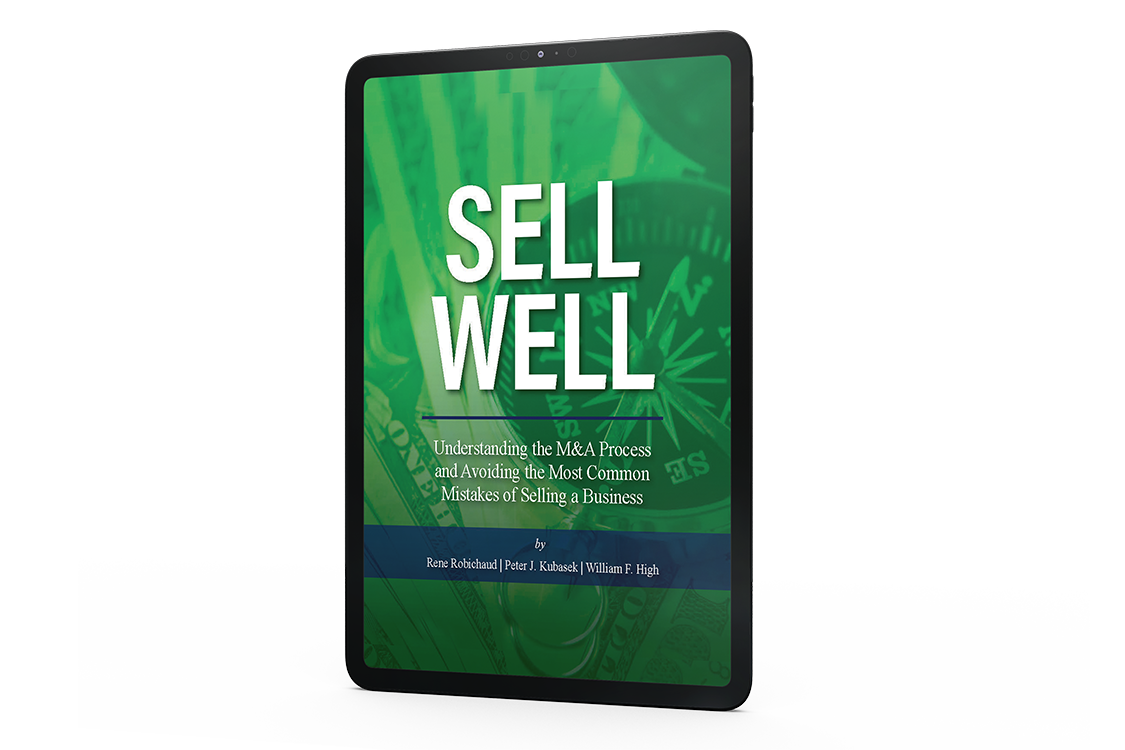ArkMalibu Industry Snapshots, Fourth Quarter 2020
We invite you to read our M&A analysis and access the Market Monitor links below where you may download detailed reports containing M&A trends and data from 17 industries. Please feel free to contact us at 513-583-5413 to discuss how the information presented in each report relates to your business and its own unique set of value drivers.
U.S. & Canada M&A Overview
- Rolling 7-day deal count in the U.S. and Canada hit an average of 372 during 4Q20 (95% of the 1Q20 average)
- Signals the continued rebound of the M&A market and represents a 29% and 64% increase over 3Q20 and 2Q20 respectively
- Excluding the Materials sector, all major Global Industry Classification Standard sectors saw positive growth in deal size and count from 3Q20 to 4Q20
- Aggregate deal value grew 162%, and deal count grew 24% over this period
- Median deal pricing ended 2020 at 10.6x EBITDA, down 12% from 11.7x during 2019 but up from 10.0x during 1H20
- Acquirers continue to seek ways to evolve their businesses and portfolios to reflect new necessities of a post-COVID world
- Excluding real estate operating entities, the application software industry represented the largest percentage of total transactions (7.5%)
- In 2H20 alone, the global value of tech deals announced eclipsed full year totals for 16 of the last 18 calendar years
- SPACs continued record growth, capping 2020 with 248 total IPO transactions and netting $83 billion in gross proceeds
- Transaction count is more than 3x that of 2019, and gross proceeds are more than 5x that of 2019
- Sudden rise in popularity is attributable to select advantages compared to traditional IPO strategies
- Includes access to earlier stage opportunities, preserved shareholder upside, and retained founder control
- While fees have historically been a challenge to new shareholders, several SPACs (including Bill Ackman’s SPAC – Pershing Square Tontine Holdings) are seeking to set a new precedent by lowering “promote” fees
- As of December 2020, 206 SPACs are actively searching for a takeover target
- Significant dry powder points to immense buyside power present in the M&A market
- $415 billion in implied buying power from the SPAC community
- SPACs often work with outside investors (such as Private Investment in Public Equity investors) to create combined capital pools that can be more than 5x the size of the SPAC’s independent funding
- $670 billion in cash and equivalents on strategic acquirers balance sheets
- $1.5 trillion in dry powder from private equity
- $415 billion in implied buying power from the SPAC community
- Excluding real estate operating entities, the application software industry represented the largest percentage of total transactions (7.5%)
U.S. Equity Market Overview
- Continued rebound of the U.S. equity markets presents an interesting juxtaposition to the country’s current economic backdrop
- Daily COVID cases hit all-time highs in December, inducing a new wave of lockdown protocols across the country that continue to challenge small and mid-sized businesses in specific sectors such as restaurants, travel, and hospitality
- Even with restrictive measures, all major U.S. indices provided positive returns in 4Q20
- Tech-heavy Nasdaq Composite led other indices, capping 2020 with its best annual return since 2009 (+44.9%)
- In 4Q20 alone, the Nasdaq Composite, S&P 500, and Dow Jones Industrial Average (DJIA) ended up 15.6%, 12.2% and 10.7%, respectively
- More cyclical and economically sensitive stocks outperforming during 4Q20 suggests optimism for a broad economic recovery in 2021
- After lagging in 3Q20, small cap and value stocks were among the best performing categories during 4Q20 as evidenced by the Russell 2000 Index’s strong +31.4% return
- Outperformance by more traditional sectors of the U.S. economy suggests a return to normalcy in 2021, in light of expectations for additional government stimulus and continued COVID vaccine rollouts
- Top performing S&P 500 sectors in 4Q20 included Energy (+28.2%), Financials (+23.1%), Industrials (+15.5%), and Materials (+14.3%)
COVID-19: Green Shoots Heading into the New Year
- Markets ended 2020 the same way they ended 2019 – at record highs – yet macroeconomic backdrop supporting these finishes could not be more different
- Evidenced by record unemployment, loss of life, and commercial disruption brought on by 2020
- Government’s early emergency response served to prop up the economy for a period of time
- Included the $2 trillion CARES Act and a reduction of interest rates to near 0% levels
- During 4Q20, another $900 billion stimulus package was enacted ahead of FDA approval for two COVID vaccines
- Approximately 2.8 million COVID vaccination doses were administered cumulatively to Americans as of December 2020
- Despite short-term logistical headwinds, projections from Oxford economists suggest that 70%-90% of the U.S. population could be vaccinated by August 2021
- Job market remained bearish during a 4Q20 COVID-spike, as nonfarm payroll jobs declined by 140,000 and unemployment remained at elevated levels (6.7%) to finish the year
- As of January 2021, the economy has regained 12 of the 22 million jobs lost since the pandemic began
- A third round of stimulus, combined with an increasingly open economy, foreshadows a boom in spending due to pent up demand for goods and services over the past year
- Data from economists at RBC suggests that consumer balance sheets are strong, as illustrated by multi-decade lows in the “liabilities to net worth” ratio and an elevated 14% savings rate
- From a small business perspective, U.S. Census Bureau data shows high-propensity (1) business applications are up +32.1% from 2019, implying that more companies are finding ways to re-open once again
- Above factors create the foundation for Analysts’ expectations of 23% EPS growth across the S&P 500 in 2021, an optimistic picture emerging out of a volatile past year
ArkMalibu Approach
Our team at ArkMalibu is proud of our conflict-free business model, M&A expertise and value-added processes, which continue to deliver results that far exceed the expectations of our clients, the one-time sellers. We would be delighted to listen and then help you navigate the M&A market in achieving your goals.
(1) – “High-propensity” is defined by the U.S. Census Bureau as applications associated with a high probability of business information.


